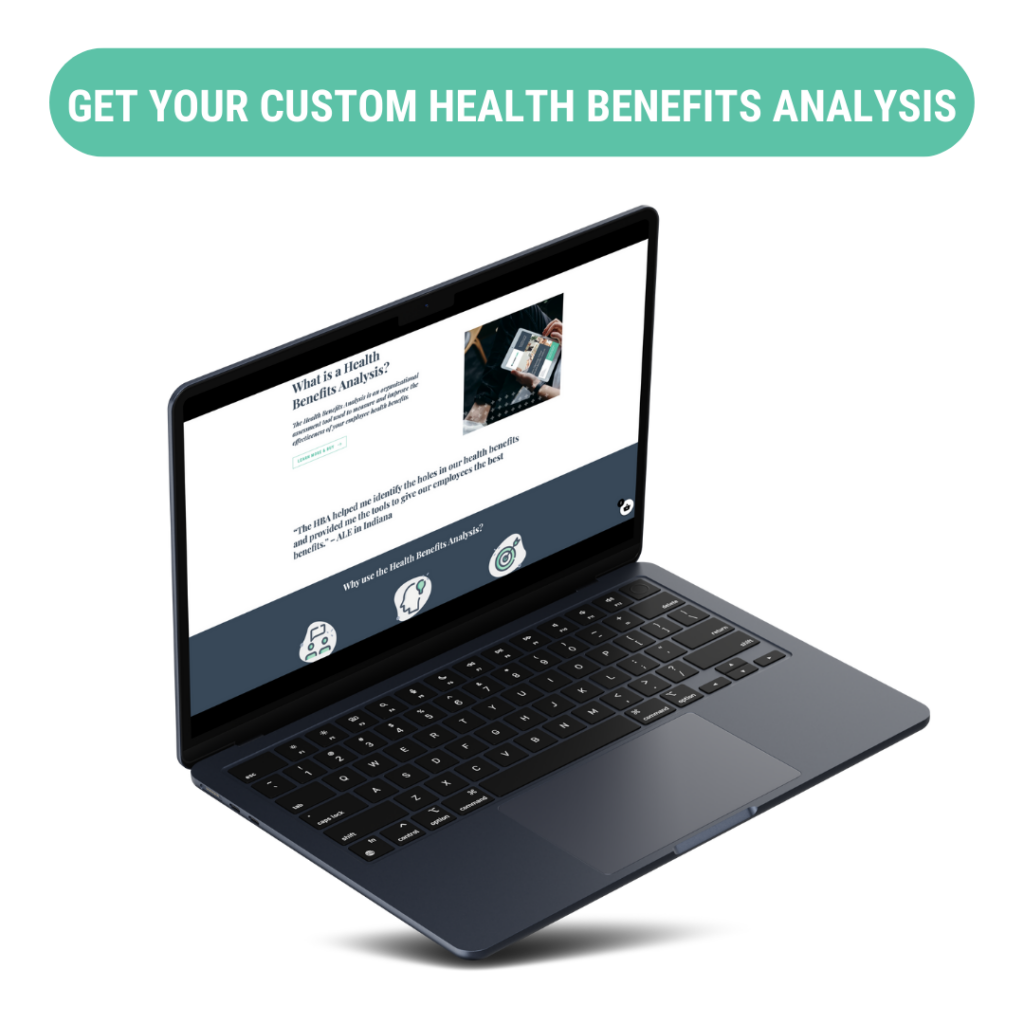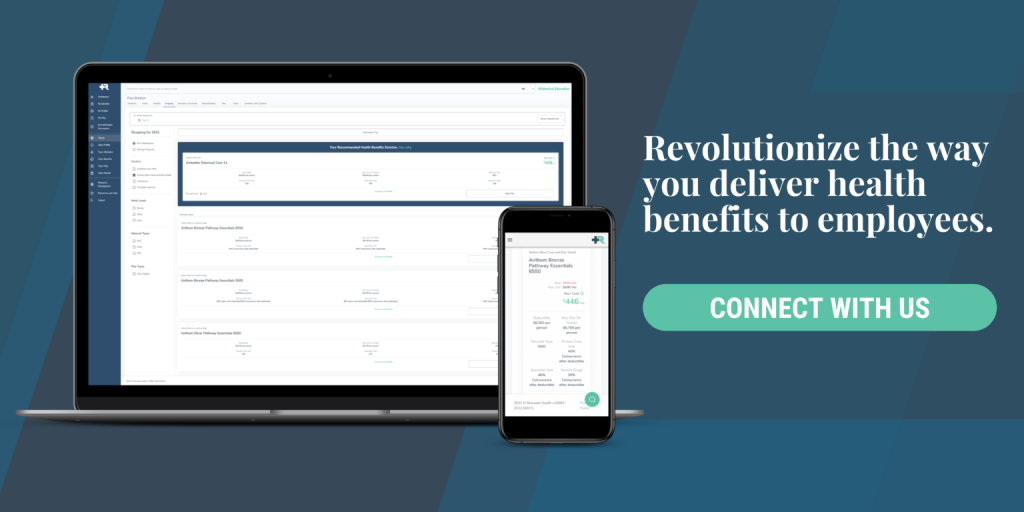Medicaid, which began in 1965, has seen many changes and expansions over the years. However, it is still one of the more misunderstood topics in healthcare. Medicaid is commonly confused with Medicare, which is healthcare for those 65 years and older. Today, we are detailing an intro to Medicaid — what it does, who it’s for, and what it might mean for you.
Before you read further, it is essential to understand that this topic has many caveats. Moreover, this article is not comprehensive, rather a general overview. We hope to offer clarity and shed light on new opportunities for you or your family. Before you pursue any of these options, be sure to connect with an expert first.
1. Who Medicaid is for.
Nearly 80 million Americans are eligible for Medicaid. After the Medicaid expansion that took place under the Affordable Care Act, an additional 13 million people were considered eligible to receive some form of healthcare assistance.
There are several different types of Medicaid programs under its large umbrella, all specific to various demographics. Each of these smaller programs under Medicaid offers unique healthcare assistance to whomever it serves.
Currently, there are several types of Medicaid:
- CHIP (Children’s Health Insurance Program) – for children.
- Medicaid
- Adults
- Families
- Pregnancy
- People with special needs.
- Elderly — which works in tandem with Medicare (check out our blog on the basics of Medicare).
2. What Medicaid is.
Medicaid is a program used by millions of lower-income Americans to assist with healthcare. To better understand what “lower-income” means (depending on family size), take a look at the guidelines for Federal Poverty Levels (FPL).
Medicaid is somewhat similar to the Child Tax Credit or Earned Income Credit in the sense that the government lends different levels of aid depending on living circumstances. However, while Medicaid can be complicated, it is a wonderful resource to take advantage of if you qualify.
Even if you think you aren’t eligible for Medicaid based on your income, keep reading. Your FPL is defined by your IRS adjusted gross income. This means if you have a lot of deductions, or you’re a minister with a housing allowance, you might qualify for Medicaid benefits without even realizing it.
With that said, be sure to check your eligibility to ensure you don’t miss out on any possible benefits.

3. What Medicaid does.
Medicaid provides financial support for nearly 20% of all personal healthcare spending in the United States.
The Medicaid program is administered at a state level and follows federal guidelines. In addition, both state and federal governments fund this program.
There is a long list of mandatory benefits provided by Medicaid, including inpatient hospital services, transportation to medical care, laboratory and X-ray services, and more. Furthermore, there are many additional benefits that vary by state, such as prescription drugs, physical therapy, vision and dental.
Additionally, the projected annual out of pocket expenses for an individual using Medicaid coverage is just $257 per year.
If you think you’re eligible for Medicaid and want to learn more about joining the 64.5 million Americans who enjoy these benefits, let us know at [email protected]. We are happy to walk you through any questions you have about the program!

